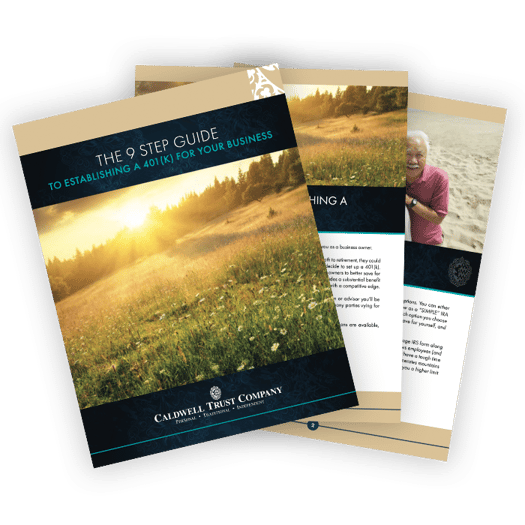Estate planning is something that people know they should do, but most never do it. In fact, nearly 60% of adults lack important estate-planning documents, according to a Caring.com study. Although it may feel uncomfortable, estate planning can have a major positive impact when the time comes, giving you and your family reassurance that your wishes will be honored after your death.
If you don’t have an estate plan in place, you risk giving the court control over how your assets are distributed, or worse even, your entire estate can go to the state. In either case, your grieving family may face unnecessary stress and confusion that could have been avoided with a proper plan.
Related Blog: Estate Planning Checklist: The 7 Basic Components
The 5 Key Elements of an Estate Plan
Once you begin creating your estate plan, it’s important to make sure you have everything you need to successfully carry out your wishes in the event of death or incapacitation. Here are five key components to include:
1. Will
A Will - often called a Last Will and Testament - is where you will outline your final wishes in terms of property and assets. This includes naming who should receive your belongings, how to care for any underage children, and noting any other important instructions. Your Will is a core part of your estate plan. Without one, your wishes will not be carried out, and as mentioned earlier, the court will distribute your assets based on state law.
2. Trusts
A Trust is a legal agreement that gives a “trustee” the authority to manage your assets on behalf of your beneficiaries. Trusts are flexible and allow you to specify exactly how and when your assets should be passed down. In many cases, assets placed in a trust can bypass probate court, saving time and money. Partnering with a trusted advisor can help ensure your trust brings peace of mind now and in the future.
3. Power of Attorney
A Power of Attorney is a document that gives someone else the authority to make legal or financial decisions on your behalf if you become incapacitated. If you don’t designate someone in advance, the court will appoint a representative, who may not know your wishes. Appointing someone you trust ahead of time ensures your affairs are handled as you intended.
4. Healthcare Directives
There may come a time when you are unable to make your own medical decisions. Healthcare Directives allow you to specify your preferences for medical care in advance. These written instructions can also include naming a healthcare agent to make decisions on your behalf if needed, ensuring your values are respected even if you’re unable to communicate them.
5. Beneficiary Designations
A Beneficiary can be one or more people or an organization (such as a trust or charity) that will receive certain assets upon your death. It’s important to clearly outline how your assets should be distributed and to include these designations in your estate plan. If you don’t name beneficiaries—especially for things like life insurance or retirement accounts—the court will decide for you
You want to make sure you’ve clearly outlined how your assets should be distributed, and then list these designations in your estate plan. If you do not name a beneficiary for things like life insurance or your retirement accounts, the court will decide who will receive these assets in your place.
Once your estate plan is created, your work isn’t done. First, make sure it includes the five key elements above, and then review it regularly to make any necessary updates. As your life changes, your intentions may change too. We recommend reviewing your estate plan at least once a year to ensure it remains accurate and reflects your current wishes.
Don’t leave your estate’s future to chance. Schedule a consultation today to get started with confidence and peace of mind.









